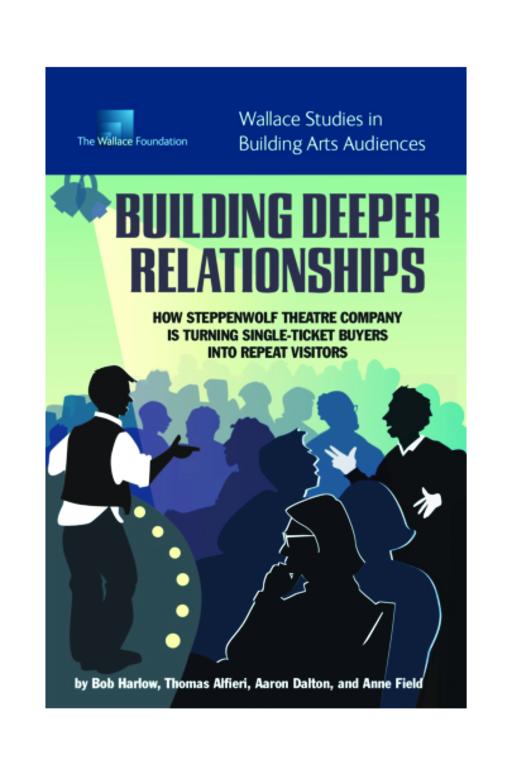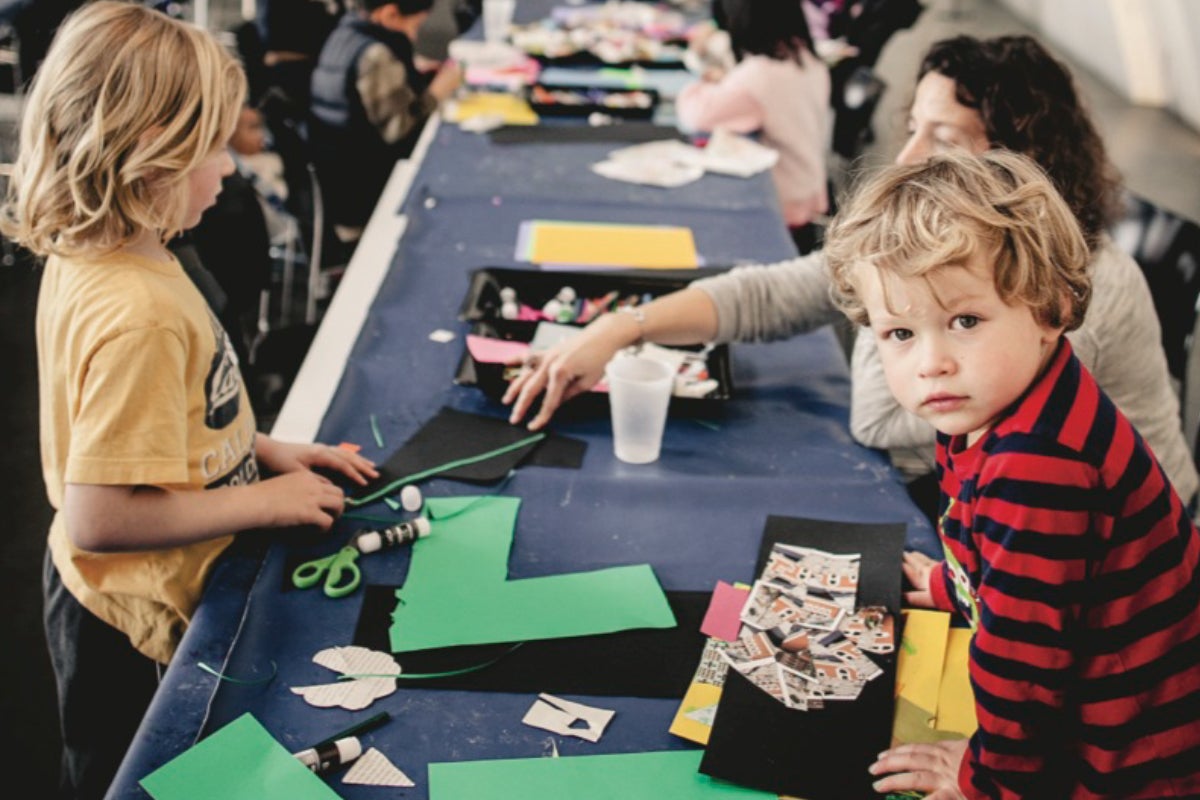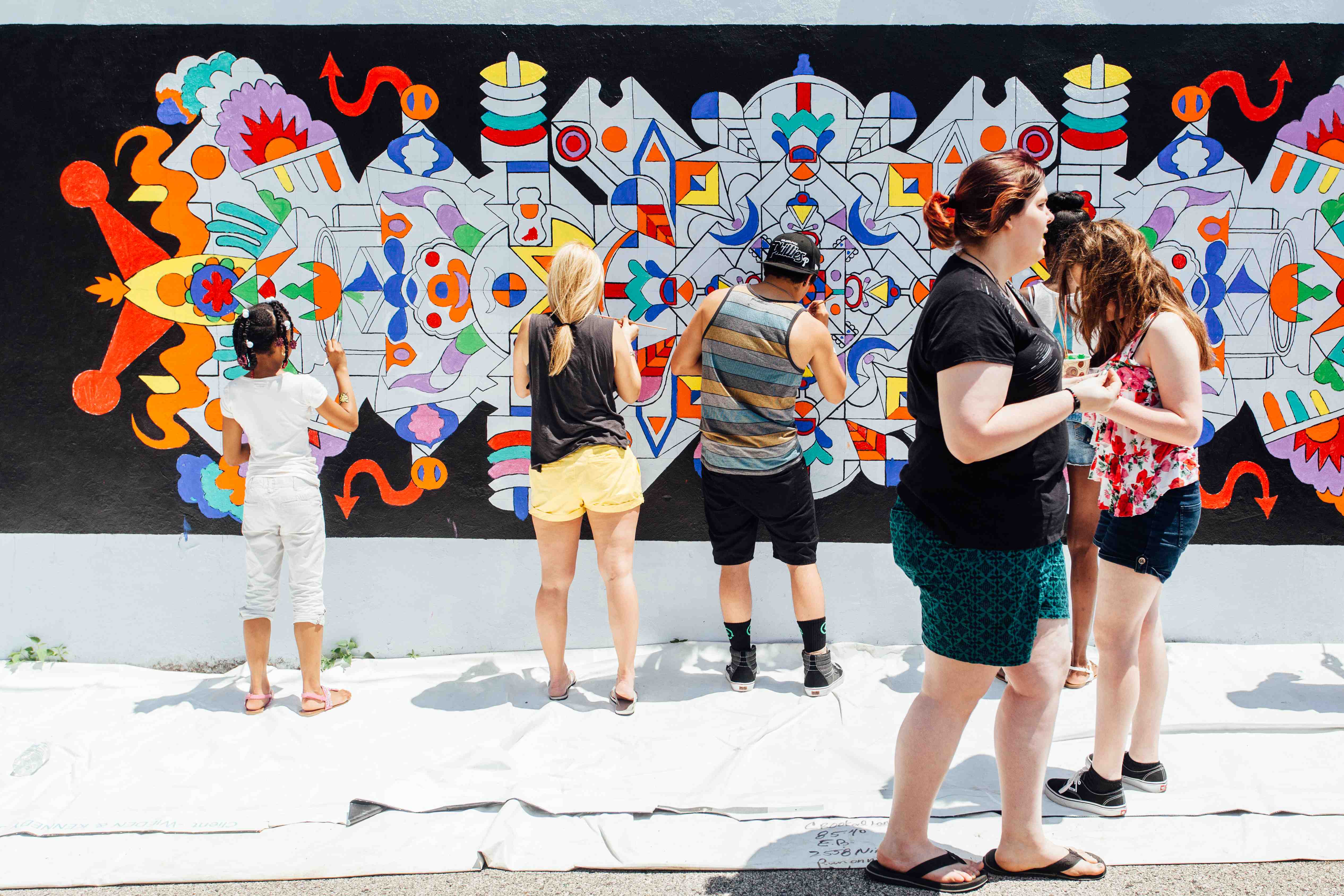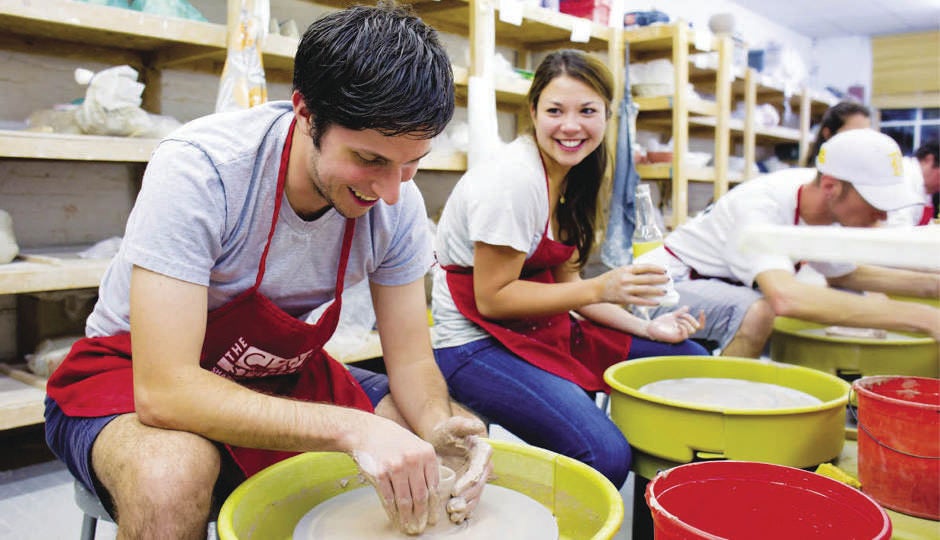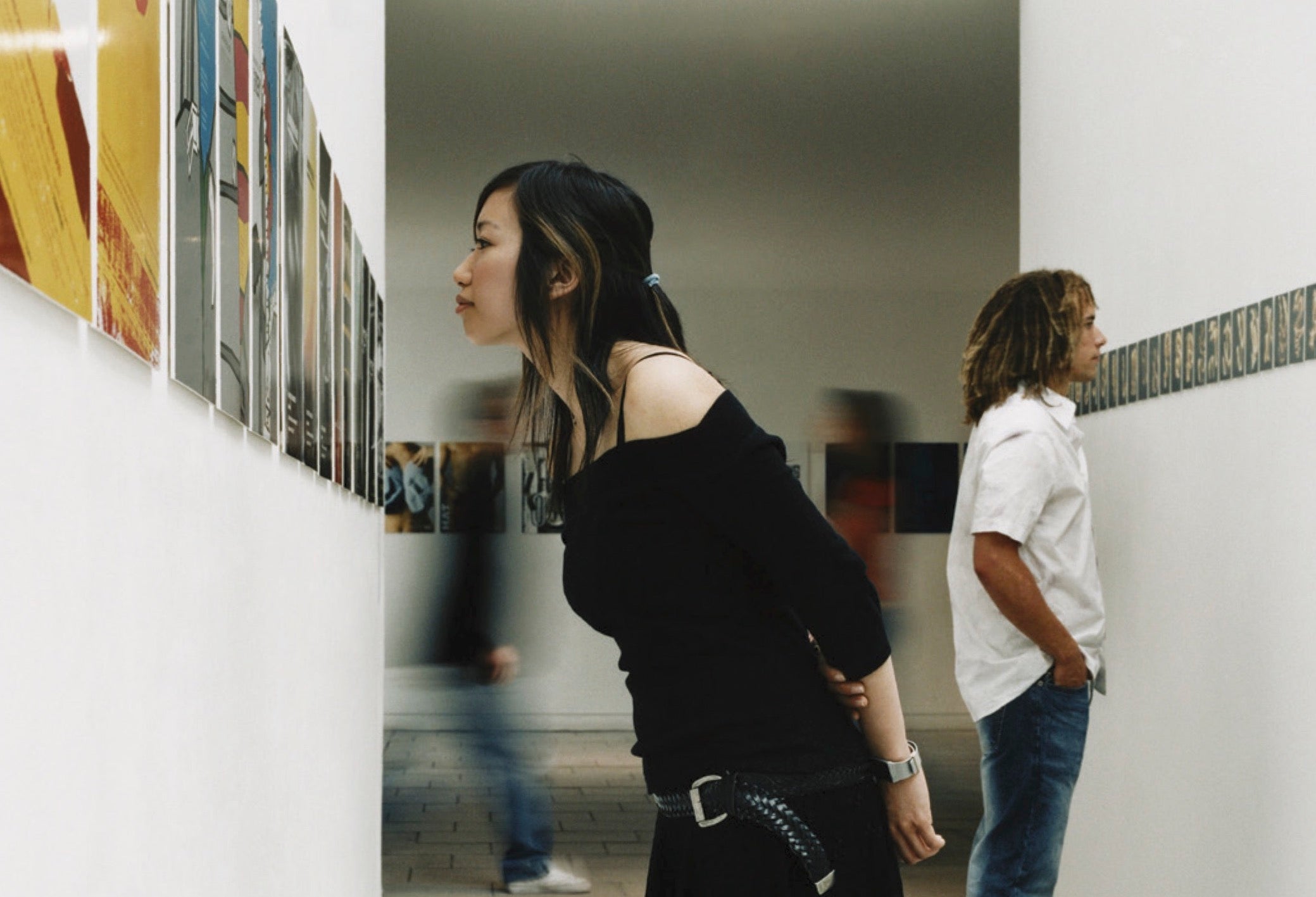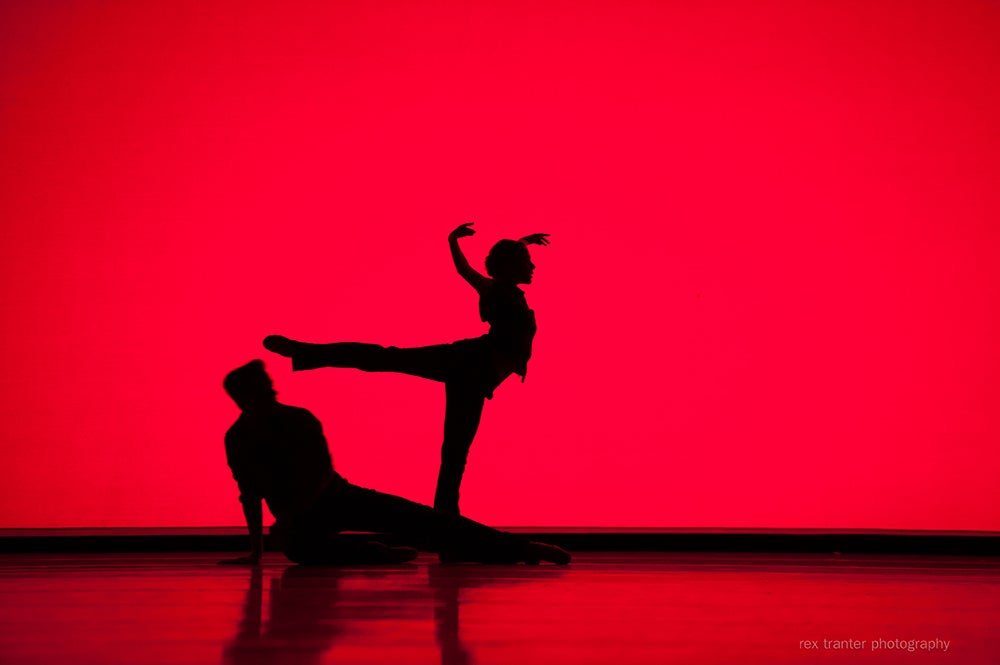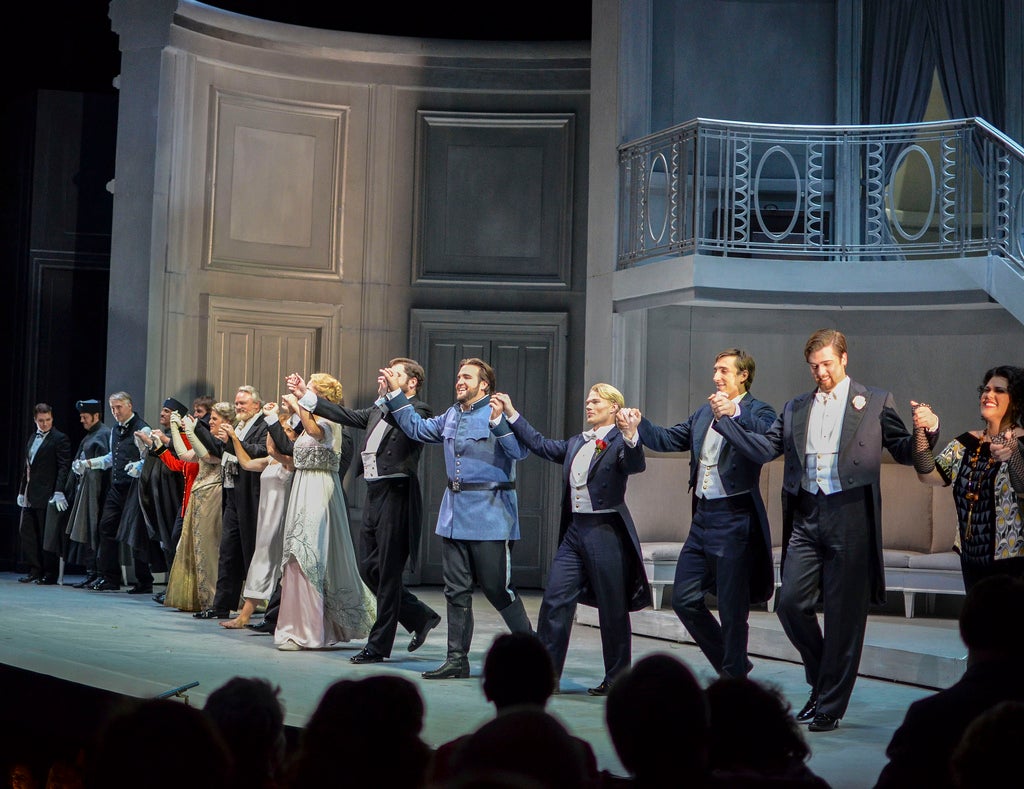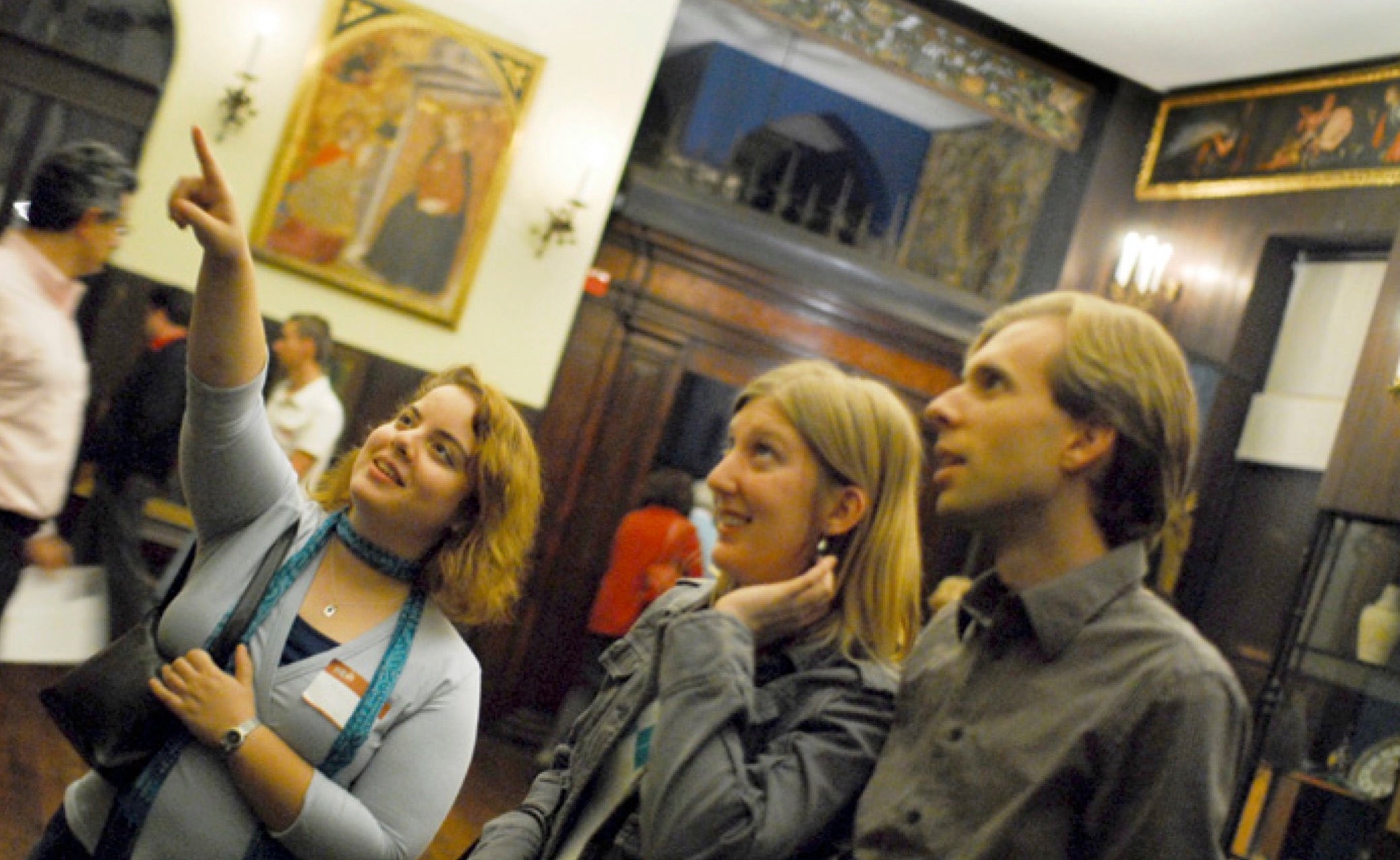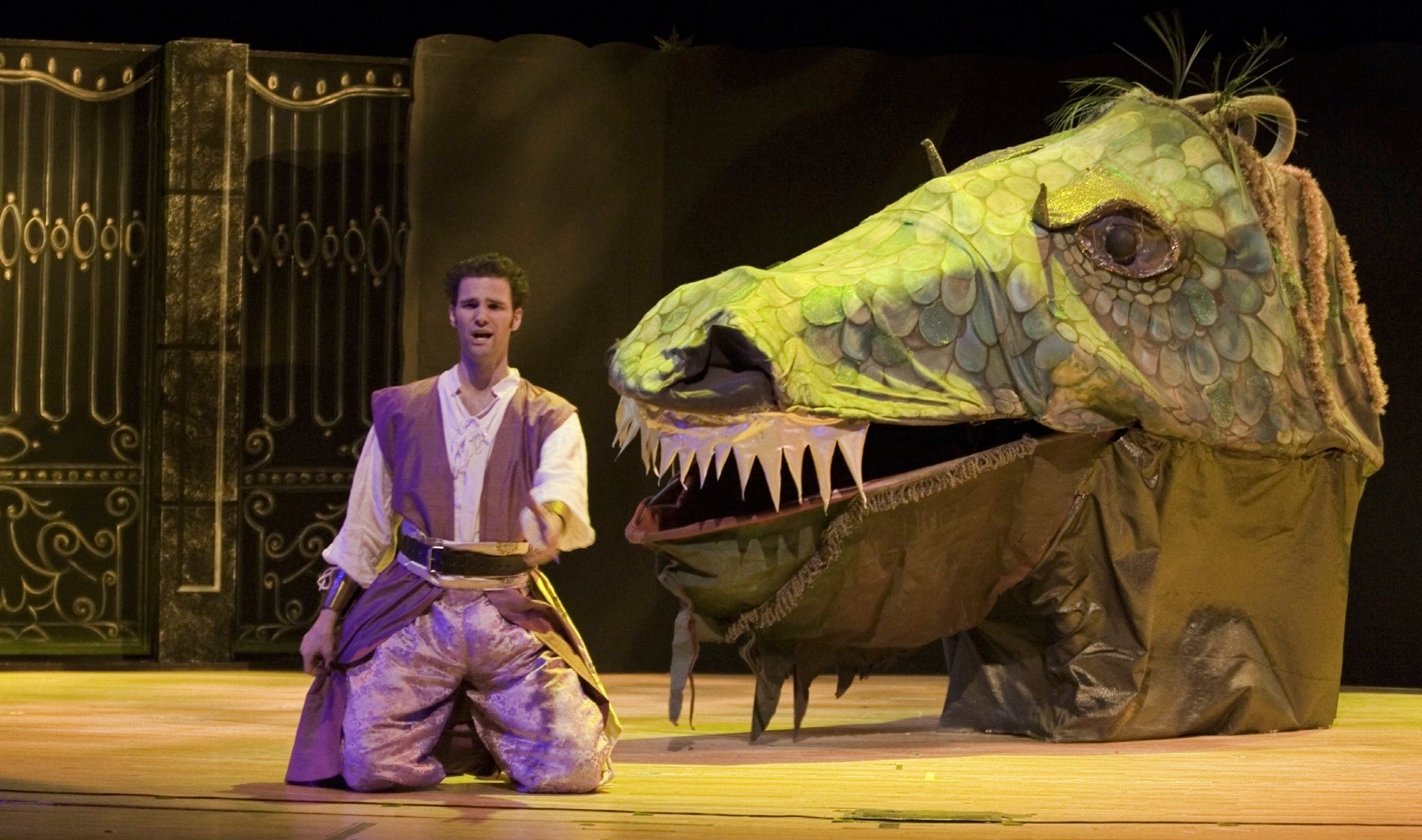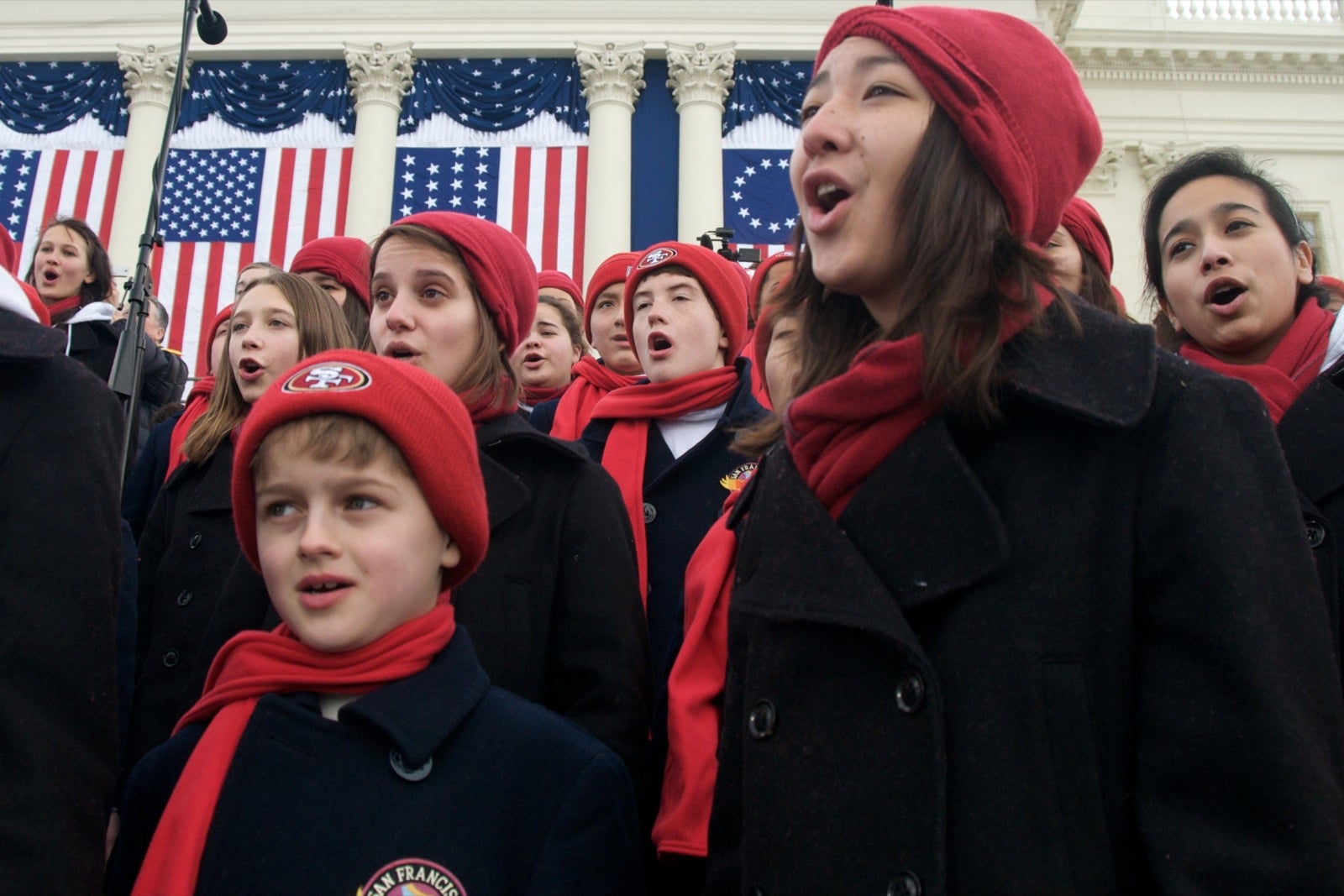Breadcrumb
- Wallace
- Reports
- Building Deeper Relationships Ho...
Building Deeper Relationships
How Steppenwolf Theatre Company is Turning Single-Ticket Buyers into Repeat Visitors

- Author(s)
- Bob Harlow, Thomas Alfieri, Aaron Dalton, and Anne Field
- Publisher(s)
- Bob Harlow Research and Consulting, LLC
Summary
How we did this
This case study examines the efforts of the Steppenwolf Theater Company to turn single-ticket buyers into repeat visitors. It is the product of multiple interviews with key staff and analysis of program elements, budgets, and planning documents.
At many theaters in the U.S., ticket subscription rates are falling, threatening their predictable income stream. This case study explores how the Steppenwolf Theatre Company addressed that vexing problem: It developed deeper relationships with both subscribers and non-subscribers.
The article is part of a set of case studies and reports looking at the efforts of arts organizations that received Wallace Excellence Awards to reach new audiences and deepen relationships with current ones. The pieces examine projects at 10 of the 54 organizations that received WEA grants between 2006 and 2014.
A 2019 update shows how Steppenwolf continues to form connections with its audiences to create a modern-day town square.
Lifelong Learners
When Steppenwolf staff saw that subscriptions were declining, they realized they had to find a new way to build a reliable base of single-ticket buyers. The solution: build meaningful bonds with non-subscribers so they would come back to the theater for more performances.
Research revealed that single-ticket buyers had the same artistic preferences as subscribers. Both groups identified themselves as lifelong learners who went to the theater to be challenged.
Promoting Dialog
With that in mind, Steppenwolf launched an experiment. It would promote a dialogue among audience members and the artists about the process of creating theater. That included:
- Nightly post-show conversations. After performances, audience members could take part in discussions led by members of the artistic and production staff or visitors from local universities. These conversations focused on exploring ideas, rather than “ask the artist” sessions.
- Special thematic events. Steppenwolf hosted a series of social events. They encouraged audience exploration of thematic elements in a relaxed atmosphere.
- A rich selection of online content. That included videos, podcasts, blogs, articles, and slide shows in which the artists talked about their work.
Steppenwolf also was able to get buy-in from others in the organization early on. As a result, staff members achieved clarity about the role different departments and individuals should play.
Non-Subscribers Attend More Shows
The total number of non-subscribers who bought multiple tickets to productions increased over three years by 61 percent, from 1,416 to 2,281. Many audience members who used to attend only one performance per season bought tickets to two, three or more shows. At the same time, the relationship-deepening initiatives led to high subscriber renewal rates.

Single-ticket buyers — even those who saw only one or two productions per year — felt the same affinity and loyalty as Steppenwolf subscribers.
Key Takeaways
- Steppenwolf deepened relationships with single-ticket buyers so they would come back for more performances.
- The staff introduced nightly post-show conversations. They also added special thematic events and a rich selection of online content.
- The total number of non-subscribers who bought multiple tickets to productions increased over three years by 61 percent—from 1,416 to 2,281.
What We Don't Know
- Did single-ticket buyers who returned for more performances start to make donations in the same way as subscribers?
- What has Steppenwolf done to provide opportunities for young artists to produce work that engages young audiences?
